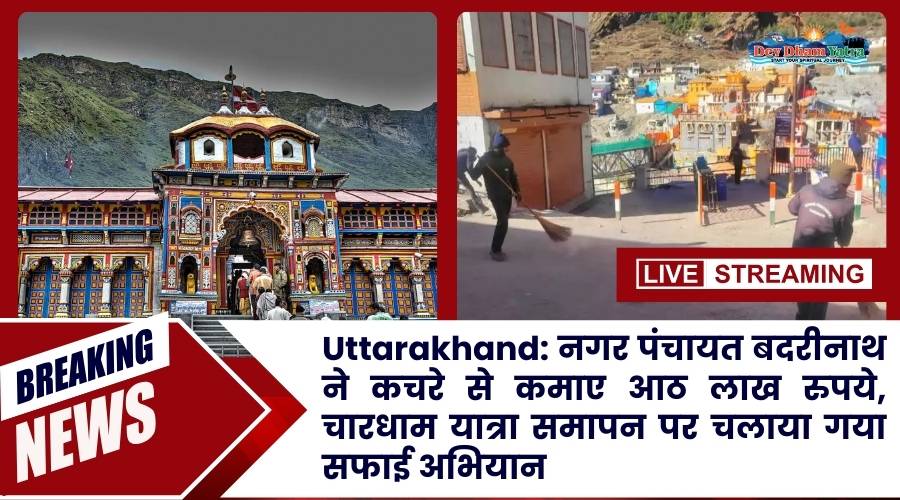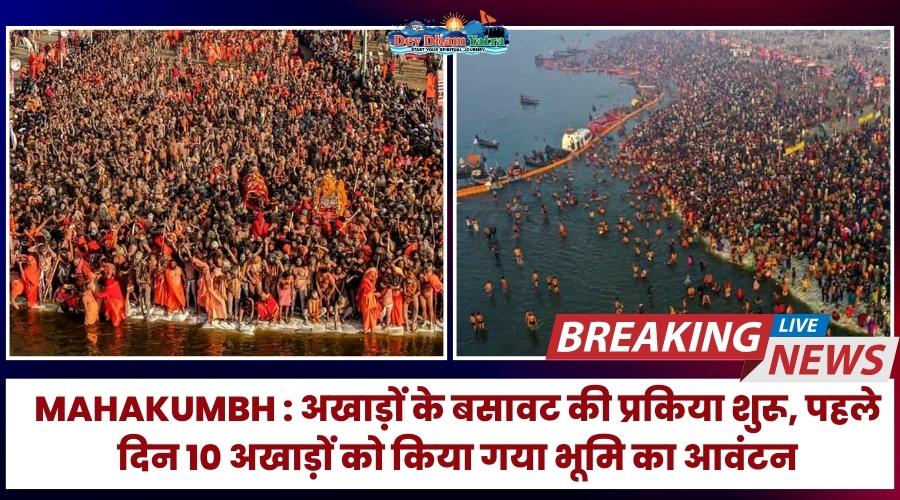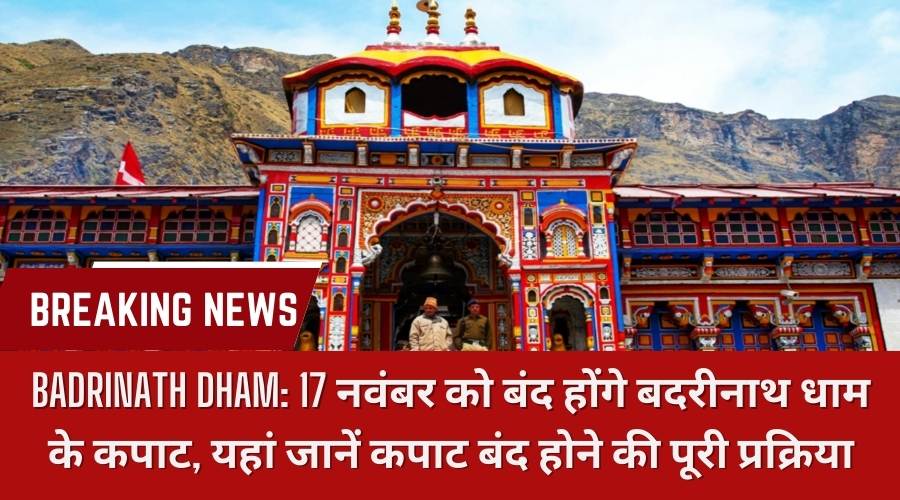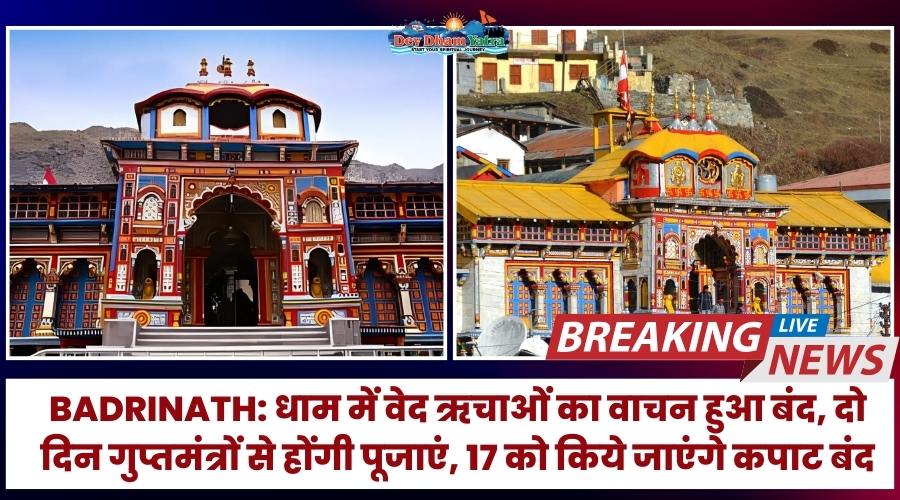ABOUT HOSHANGABAD
Hoshangabad is a city located in the state of Madhya Pradesh, India. It serves as the administrative headquarters of the Hoshangabad District. The city is situated on the southern bank of the Narmada River and is approximately 70 kilometers south-east of Bhopal, the capital city of Madhya Pradesh.
Hoshangabad has a rich historical background and is named after Hoshang Shah, the first ruler of the medieval Malwa kingdom. It was previously known as Narmadapuram due to its location along the Narmada River. The city has witnessed the reign of various dynasties, including the Paramaras and the Mughals.
One of the major attractions in Hoshangabad is the Sethani Ghat, which is a popular pilgrimage site for Hindus. The ghat is believed to be the place where the ashes of Lord Ram’s mother, Kaushalya, were immersed in the Narmada River. The city also has a number of temples, such as the Hoshang Shah’s Tomb, which is an architectural marvel and a fine example of Afghan architecture.
Hoshangabad is known for its agricultural produce, particularly soybean and wheat. It is also an industrial hub, with several industries including cotton milling, oilseed milling, and chemical plants. The city is well-connected by road and rail, and regular bus and train services are available to various parts of the country.
In terms of education, Hoshangabad has a number of schools and colleges offering education in various fields. It also has a regional engineering college, Rajiv Gandhi Proudyogiki Vishwavidyalaya, which offers technical education to students.
Overall, Hoshangabad is a historically significant city in Madhya Pradesh, known for its religious sites, industries, and agricultural activities. It attracts tourists and pilgrims alike with its cultural heritage and scenic beauty along the Narmada River.
ABOUT KEDARNATH
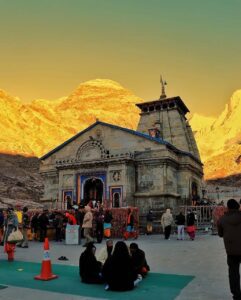
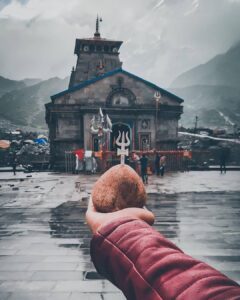
Kedarnath is a sacred town located in the Rudraprayag district of the state of Uttarakhand, India. It is situated in the Garhwal Himalayas at an altitude of 3,583 meters (11,755 feet) above sea level. Kedarnath is known for its famous Kedarnath Temple, which is one of the twelve Jyotirlingas (divine representations of Lord Shiva) and holds great religious significance for Hindus.
The Kedarnath Temple is dedicated to Lord Shiva and is believed to have been built by the Pandavas, the legendary figures from the Indian epic Mahabharata. The temple is surrounded by breathtaking natural beauty, with the snow-capped peaks of the Himalayas forming a stunning backdrop. It is situated near the head of the Mandakini River, a tributary of the Alaknanda River.
Kedarnath is a popular pilgrimage destination, particularly for devotees of Lord Shiva. The temple attracts thousands of pilgrims every year, especially during the summer months when the region is accessible. Pilgrims undertake a rigorous trek of approximately 16 kilometers from Gaurikund to reach the temple. The trek passes through picturesque landscapes and offers glimpses of scenic beauty.
The town of Kedarnath is small and primarily caters to the needs of the pilgrims. It has basic accommodation facilities, shops, and eateries to cater to the visitors. Due to its high altitude and harsh weather conditions, the town remains accessible only for a few months each year, usually from April to November.
In 2013, Kedarnath and its surrounding areas were severely affected by a catastrophic flood and landslide event. The natural disaster caused significant damage to the town and the temple, resulting in loss of life and infrastructure. However, efforts have been made to restore and rebuild the area, and the temple has been reopened for pilgrims.
Apart from the religious significance, Kedarnath is also known for its natural beauty and serves as a gateway to several trekking trails in the region. Trekking enthusiasts often visit Kedarnath to explore the scenic trails and enjoy the serene surroundings.
Overall, Kedarnath is a revered pilgrimage site, attracting devotees and nature lovers alike. Its ancient temple, breathtaking landscapes, and spiritual aura make it a significant destination in the Indian Himalayas.
Hoshangabad to Kedarnath distance
The distance between Hoshangabad, Madhya Pradesh, and Kedarnath, Uttarakhand, is approximately 1,040 kilometers (646 miles) by road.
Hoshangabad to Kedarnath Distance by Road
The distance between Hoshangabad, Madhya Pradesh, and Kedarnath, Uttarakhand, by road is approximately 1,040 kilometers (646 miles). However, please note that this is an approximate distance and can vary based on the specific route taken and any road conditions or detours.
Hoshangabad – Bhopal – Jhansi – Kanpur – Lucknow – Bareilly – Rampur – Rudrapur – Haldwani – Ranikhet – Kausani – Gopeshwar – Guptkashi – Sonprayag – Gaurikund – Kedarnath.
Hoshangabad to Kedarnath Distance by Train
To travel from Hoshangabad to Kedarnath, the nearest railway station to Kedarnath is Haridwar Junction. From Hoshangabad, you can take a train to Bhopal Junction railway station, which is the nearest major railway station in the vicinity. From Bhopal, you can then take a train to Haridwar Junction.
| Train Name/No | Departure Station | Time Travel Time |
| Nanda Devi Express (Train Number: 12401) | Bhopal Junction (BPL) | Approximately 14-16 hours |
| Amritsar Express (Train Number: 11057) | Bhopal Junction (BPL) | Approximately 16-18 hours |
| Dehradun Express (Train Number: 12687) | Bhopal Junction (BPL) | Approximately 14-16 hours |
| Hemkunt Express (Train Number: 14609) | Bhopal Junction (BPL) | Approximately 13-15 hours |
Hoshangabad to Kedarnath Distance by Air
There is no direct air connectivity from Hoshangabad to Kedarnath. The nearest airport to Kedarnath is the Jolly Grant Airport in Dehradun, Uttarakhand.
To reach Kedarnath from Hoshangabad by air, you would need to follow these general steps:
Fly from Raja Bhoj Airport (Bhopal) or Devi Ahilyabai Holkar Airport (Indore) to Jolly Grant Airport (Dehradun).
From Jolly Grant Airport, you can take a taxi or hire a private vehicle to reach Sonprayag or Gaurikund, which are the last motorable points before Kedarnath.
From Sonprayag or Gaurikund, you would need to trek or use local transportation to reach Kedarnath. The trek from Gaurikund to Kedarnath is approximately 16 kilometers (10 miles) and can take several hours to complete.
It’s important to note that Kedarnath is a remote mountainous region and does not have direct air access. The last leg of the journey from Sonprayag or Gaurikund to Kedarnath is typically done on foot or using local transportation options like ponies or palanquins.
Please keep in mind that flight schedules, availability, and fares can vary, so it’s advisable to check with airlines or travel websites for the most accurate and up-to-date information.
Travel Tips:
- Plan your visit during the favorable season: The Kedarnath Temple is open for a limited period each year, usually from April/May to November, depending on the weather conditions. Plan your trip during this time to ensure that you can access the temple and trekking routes.
- Be prepared for the trek: The trek from Gaurikund to Kedarnath is approximately 16 kilometers (10 miles) and involves steep inclines. Make sure you are physically fit and prepared for the trek. Wear comfortable trekking shoes, carry necessary supplies like water, snacks, and warm clothing, and consider hiring a local guide or porter if needed.
- Acclimatize to the altitude: Kedarnath is located at a high altitude, so it’s important to acclimatize properly to avoid altitude sickness. Take it easy, stay hydrated, and give your body time to adjust to the altitude before embarking on any strenuous activities.
- Pack appropriate clothing: Kedarnath experiences cold temperatures, especially in the early morning and evening. Pack warm clothing, including jackets, hats, gloves, and thermal layers. Also, bring rain gear or a poncho as the weather can be unpredictable in the mountains.
- Book accommodation in advance: Due to the limited availability of accommodation in Kedarnath, it’s advisable to book your stay in advance, especially during the peak pilgrimage season. Options range from guesthouses and dharamshalas (pilgrims’ rest houses) to tented camps.
- Respect local customs and traditions: Kedarnath is a revered religious site for Hindus. Show respect for the local customs, traditions, and religious sentiments. Dress modestly, follow temple guidelines, and maintain cleanliness during your visit.
- Carry necessary documents: Keep your identification documents, permits, and any required passes handy during your trip. These may be needed for certain checkpoints or accommodations.
- Stay updated with weather conditions: Check weather forecasts and stay informed about any changes in weather conditions or possible road closures. It’s essential to prioritize your safety during your journey.
FAQs
Q: How can I reach Kedarnath?
A: The most common way to reach Kedarnath is by undertaking a trek from Gaurikund, which is the last motorable point. You can reach Gaurikund by road from major cities like Haridwar or Rishikesh. After reaching Gaurikund, it’s a trek of approximately 16 kilometers to Kedarnath.
Q: Can I visit Kedarnath by helicopter?
A: Yes, helicopter services are available for those who prefer a faster and more convenient mode of transportation. Helicopter services operate from Phata or Sersi to Kedarnath, significantly reducing the travel time. However, it’s important to note that helicopter services are subject to weather conditions and availability.
Q: Is there any accommodation available in Kedarnath?
A: Yes, there are accommodation options available in Kedarnath. You can find guesthouses, dharamshalas (pilgrims’ rest houses), and tented camps. It’s advisable to book your accommodation in advance, especially during the peak pilgrimage season.
Q: What is the best time to visit Kedarnath?
A: The best time to visit Kedarnath is during the summer months from May to June and September to October. The weather is relatively pleasant during these months, making it easier for trekking and temple visits. It’s recommended to avoid the monsoon season due to the risk of landslides and heavy rainfall.
Q: What should I carry with me for the Kedarnath trek?
A: For the Kedarnath trek, it’s essential to carry comfortable trekking shoes, warm clothing, rain gear or poncho, water bottles, snacks, a basic first aid kit, a walking stick if required, and a small backpack to carry your belongings. It’s also a good idea to carry some cash as ATMs may not be readily available in the region.






